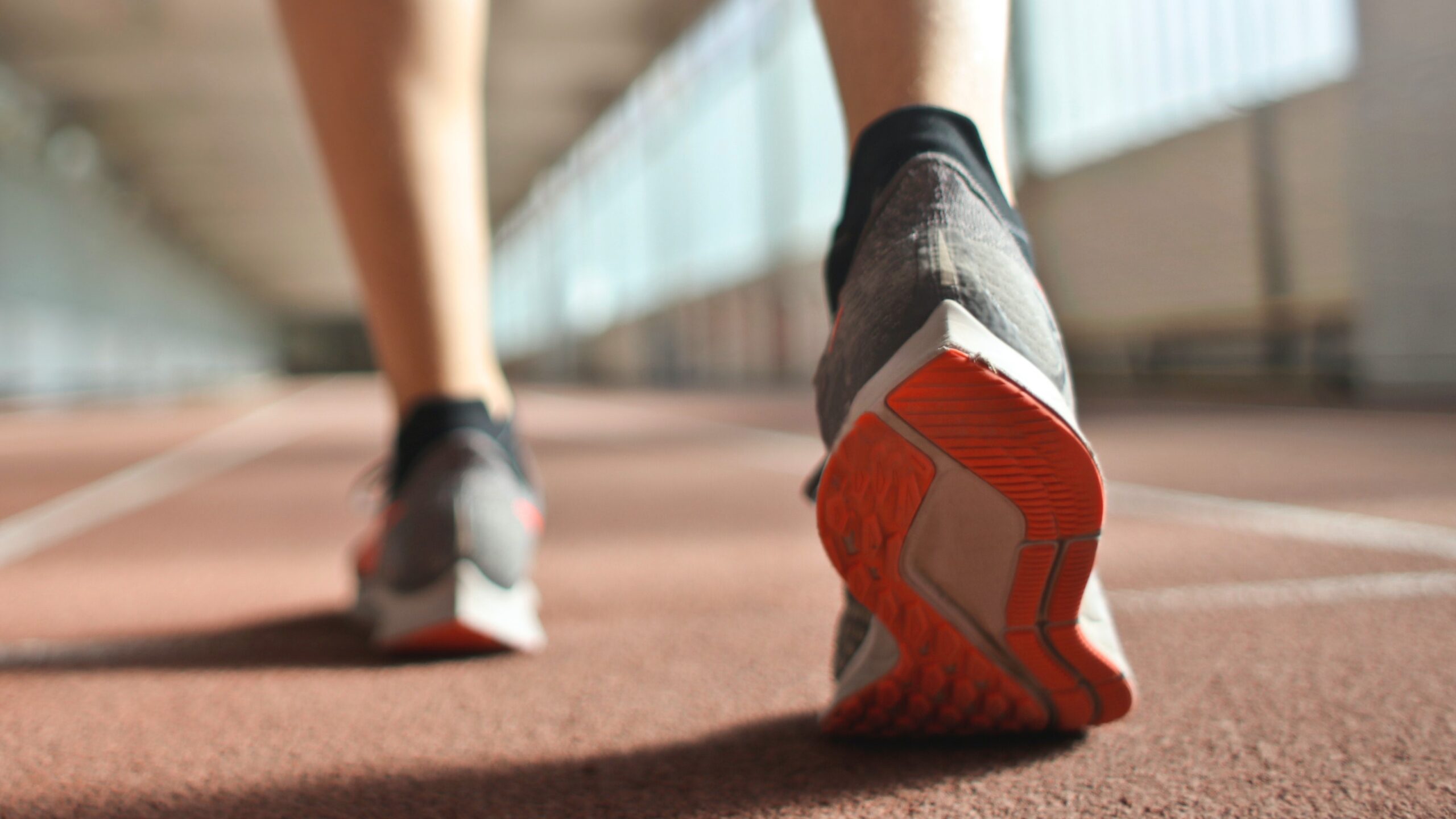Sympathetic vs. Parasympathetic Nervous System: Balance of Body and Mind
The human body is a complex and intricate system governed by various physiological processes. Central to these processes are the Sympathetic vs. Parasympathetic Nervous System. These work together to maintain…














